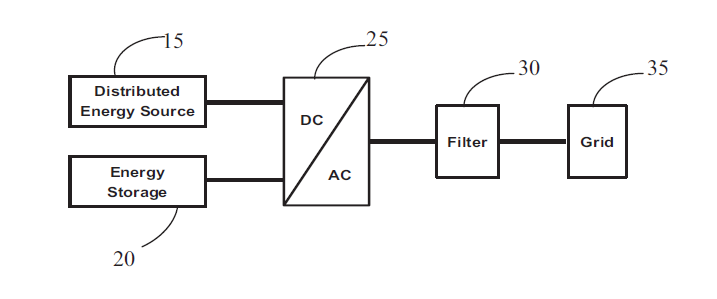A Single-Phase Single-Stage Grid-Interactive Inverter with Wide Range Reactive Power Compensation
In this invention, a novel single-phase single-stage grid-interactive inverter based on a discrete Fourier Transform Phase Locked Loop technique is developed to separate the real and reactive power between different energy sources/storages. The hybrid modulation technique and sophisticated power allocation strategy are developed for the power generation system to achieve wide range reactive power compensation and enhance energy conversion efficiency. One distributed energy source and two energy storages are interfaced to the inverter with three cascaded H -bridge cells used to investigate the performance of the proposed system. Different energy source/storages with wide voltage change range can be directly connected in the invention and the single-stage energy conversion can be implemented. The present invention can integrate distributed energy sources/storages in one cascaded inverter. Due to the absence of DC-DC converter, single-stage energy conversion can be achieved. The hybrid modulation technique and power allocation strategy corresponding to the proposed system are developed to achieve the wide range reactive power compensation, voltage boost function, and the optimized power management.
The proposed single-phase single-stage grid-interactive inverter is particularly suitable to meeting the increasing distributed power generation needs. It can facilitate to interface different distributed renewable energy sources or storages such as wind power, solar power, battery, fuel cell, Ultra-capacitor and so on. The switching loss will be decreased due to the cascaded structure and hybrid modulation technique.
Advantages
- The multilevel AC output voltage will reduce the AC filter size, improve power quality and enhance the system reliability
- The transformerless structure will lead to lower cost and lighter weight, in addition to facilitating high power application


